This Week in Solar: Solar Trust Centre Weekly Recap
Here are some solar news stories you may have missed from this week. Click on the links to read these stories in more detail.
9 min read
![]() Solar Trust Centre Team
:
May 18, 2016 10:07:08 PM
Solar Trust Centre Team
:
May 18, 2016 10:07:08 PM
This article originally appeared on the XEN Life blog. It has been reproduced here with permission.
Renewable energy is the best alternative to answer today’s growing energy needs. As more and more countries begin to seriously tackle climate change and global warming, renewable energy is in the spotlight. There are so many options for renewable energy out there, so what makes solar more popular?
Solar energy has been around since the early 1800s. The technology has come a long way from Alexandre Edmond Becquerel’s observation of the photovoltaic effect in 1839. Now solar technology is one of the most innovative areas of energy production with continuous research and development to ensure solar remains a viable solution to the world’s energy and environmental problems.
There are different renewable resources that can be harnessed by humankind.
Wind energy is obviously popular with countries that have higher altitude, more shorelines and stronger wind. Solar is best for those countries with longer summers. Tropical countries usually fall into this category. Australia for example is one of the most viable countries for solar farms since it gets sun all year round.
Geothermal usually calls for those countries that have lots of volcanoes while hydro requires a large amount of water before it can be established. Not all of these have zero effect on the environment but they are significantly less harmful than the processes used to harness fossils fuels and coal.
Alternative energy solutions create some healthy discussion about how the world should source energy. What do each of these renewable energy solutions deliver and why is solar so much more popular than the other methods?
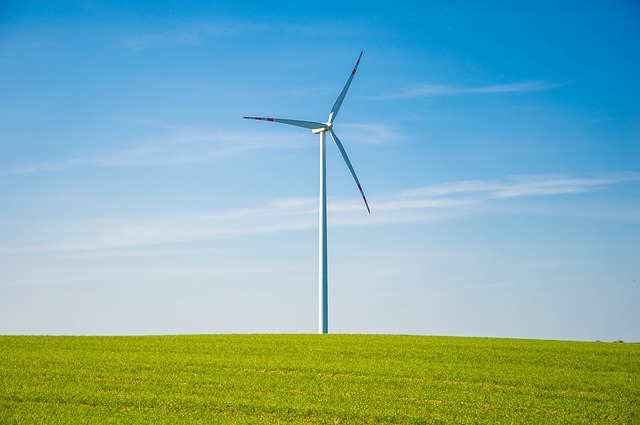
Wind energy harvesting is becoming more common. A major deterrent, however, is the fact that it cannot be accessed and turned into power for everyday use by common people (unless they have a lot of land and a lot of money). For wind to become usable fuel energy, it needs windmills, big turbines and then a generator to produce the electricity.
In old windmills, wind power is used to turn blades to turn machinery and make them do physical work i.e. crushing grains and pumping water.
Wind farms today consist of towering windmills on large farms which are built by national grids. Although there are small individual turbines used to provide electricity to isolated areas in countries, all in all, wind energy makes up 1 percent of the world’s electricity use at 58, 982 megawatts.
Some turbines are standalone or are combined with photovoltaic systems for electricity production. Sometimes, standalone wind turbines are used for communication purposes or for water pumping.
Wind power is gaining the approval of many since it creates no pollution, no chemical processes, doesn’t burn fossil fuels and has no by-products which are harmful to the environment except for the noise produced by its rotor blades and flying animals being killed by flying into the windmill’s rotors. It’s also one energy sources that will never run out. Wind farms cause no disruptions to farming activities and they can be built off-shore. During operation, the turbines require no fuel and requires even less operating expenses. Perhaps the biggest cost associated with these mega turbines is maintenance.
However, although wind will always be an accessible resource, it is also intermittent. Meaning, is wind speed in the area of the wind farm decreases, the electricity produced decreases. Wind turbines are criticised as ruining the scenery.
One major factor influencing the slow growth of support for wind turbines is that the systems require a higher initial investment than fossil fuel generators. The machinery is said to be 80% of the rough cost of the system. This often deters investors.
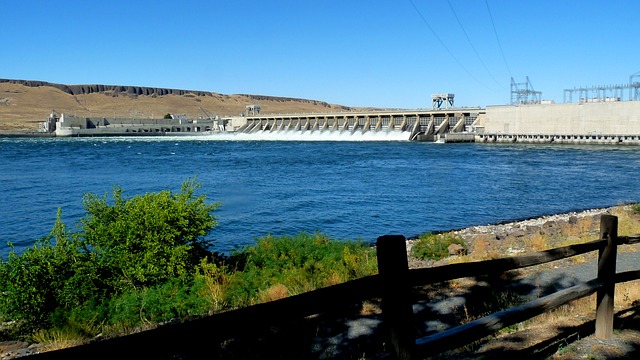
Hydro energy is harnessed from the movement of dammed and the undammed water. The dammed water’s potential energy can be used to drive a water turbine and the generator. The kinetic energy of undammed water such as tidal waves can be harnessed to produce usable energy.
The most common process of harnessing the power of water is through the gravitational descent of running water and compressing it in a location like a dam or flume. This creates concentrated pressure and turns a turbines to drive the electric generator.
Hydro energy is one of the oldest methods of producing power in the world. Canada, followed by United States and Russia are the three leading countries in hydroelectric generation. 75% of New Zealand’s electricity is produced by hydroelectric generators.
Like wind and solar, hydro power produces no air pollution and leaves no waste behind. Although hydropower takes up a large amount in electricity generated by renewable resources its major deterrence is the cost of building the structures needed to capture the energy – hydroelectric dams can cost millions.
There are many more downsides to hydroelectric dams. Oftentimes before dams can be constructed, people who were nearby have to be relocated causing them to lose businesses, farms and houses. Flooding large areas for big dam construction may mean destruction of surrounding natural environment and ecological damage. In the US for example, the Hoover dam is said to trigger earthquakes and cause depressions in the Earth’s surface around the location. Other complaints about hydro include:
A new study led by Harvard T.H. Chan School of Public Health researchers suggests the development of hydroelectric plants can cause higher amounts of methyl mercury in Arctic waterways which can make fish unsafe to eat. This may affect the nearby Inuit communities that rely on these waterways. The study released these findings after a four year investigation.
Geothermal energy is harnessed from the fission of radioactive materials from Earth’s core. These places in the earth’s core are called the hot spots. Hot spots cause water inside the earth to turn into steam. So far, the geothermal energy plants are non-polluting, do not generate by-products, cost less in maintenance and do not depend on weather conditions.
But since it only is applicable to certain places this makes geothermal energy quite exclusive – only few sites have the potential for success. Steam power plants are expensive and there is always a danger of volcanic activity or other below-surface issues like earthquakes. One of the greatest problems of geothermal plants is that there is no guarantee the energy produced there will justify the expenditure and the operation costs.
In rare cases, harmful and poisonous gases may escape from drill sites. This may lead to harmful inhalations leading to serious health concerns.
In another report from the New York Times, Switzerland’s $60 million project for renewable energy in Basel’s hot bedrock has been halted due to a study that concluded the earthquakes generated by the project would cause more harm than the project was worth.
Geohazards like human-triggered earthquakes are harmful. Without thorough risk assessment, uncertainties can arise and may even trigger unpredictable tremors.
The US Environmental Protection Agency calls biomass a “fancy” name for materials from plants and animals. These biomass materials can be burned to produce energy. Biomass contains stored energy and when burned, it releases heat.
Although biomass requires burning, it does not emit greenhouse gases. In fact, many experts believe biomass is carbon neutral (but US EPA decline to exempt emissions from sources like biomass plants) unlike fossil fuels which add to the global warming effect. And since biomass is everywhere, it can be created all over the world.
Despite the advantages, biomass energy production can still create pollution – it is not a 100% clean source of energy. Many also question its fuel efficiency. As lumber is one of its major resources, there is also the issue of deforestation – how can initiatives that use energy to burn 3.5 million tons of trees be sustainable?
In 2010, plans for a $250 million biomass power plant were abandoned in Florida after residents of Gretna (where the plant was to be built) complained about threatening air quality. Several other biomass power plant projects faced same oppositions.
Unless there is tighter regulations as to what materials can be burned, biomass will continue to face opposition.
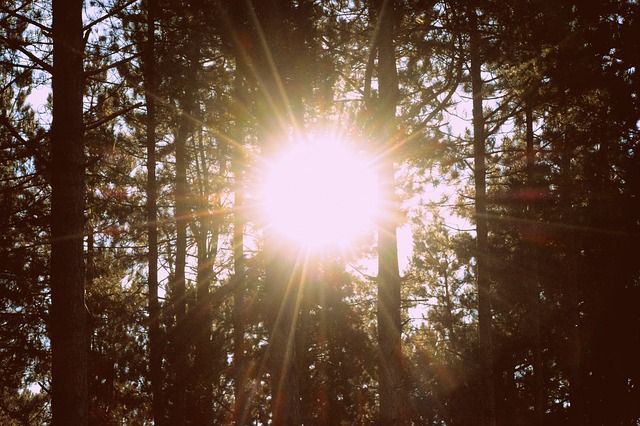
Driven now by nanotechnology, solar power will be able to satisfy the whole world’s energy needs in less than twenty years according to predictions.
The most common source of solar power utilises photovoltaic cells. These cells convert sunlight into electricity. Solar power is sustainable and renewable; it will continue to be so until the sun explodes. After installation, it can actively create energy without covering a big area creating no noise. In some countries, homeowners with solar power installed have generous tax credits for individuals and companies that invest in it.
Although it is critiqued for the small amount of energy produced during night and on cloudy days, it is still the best options.
The installation has initial costs but afterwards homeowners start producing free energy for use, get back the initial spending both from the energy used and from the tax credits. After some time, the energy from the panels will be totally free.
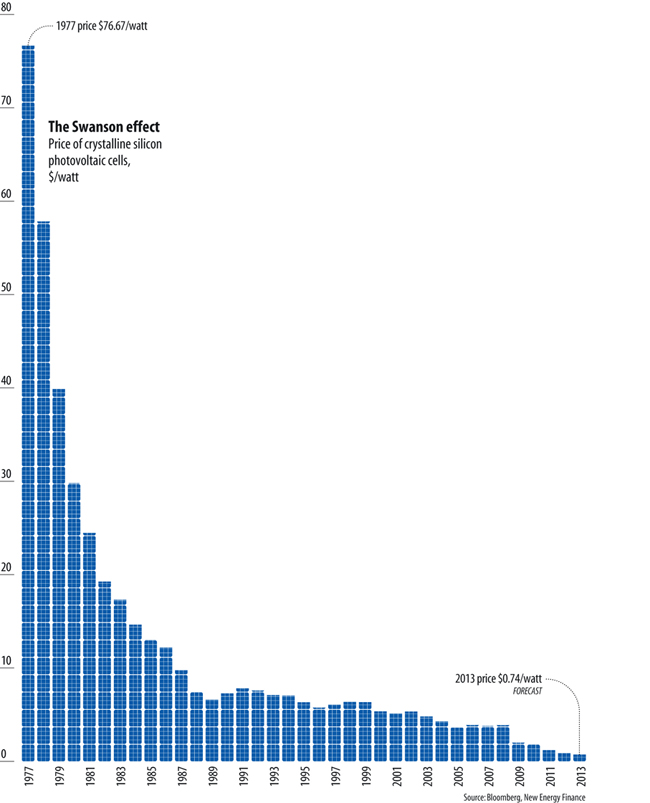
This graph detailed the rise and fall of solar panel prices per watt. Although the graph only has the prediction until 2013, the most important aspect is the fast drop of prices since 1977. For newer graphs forecasting solar panel price until 2020, check our previous solar article.
One of few criticisms faced by solar power is sustainability in creation of solar panels. This is directed towards Chinese-made panels which have lower sustainability compared to other solar panel manufacturers around the world. This is a small concern compared to those raised by other alternatives like the intermittent nature of wind power, the earthquakes caused by geothermal power, the problems caused by hydropower for neighbouring waterways and the threat of deforestation and harmful emissions of biomass.
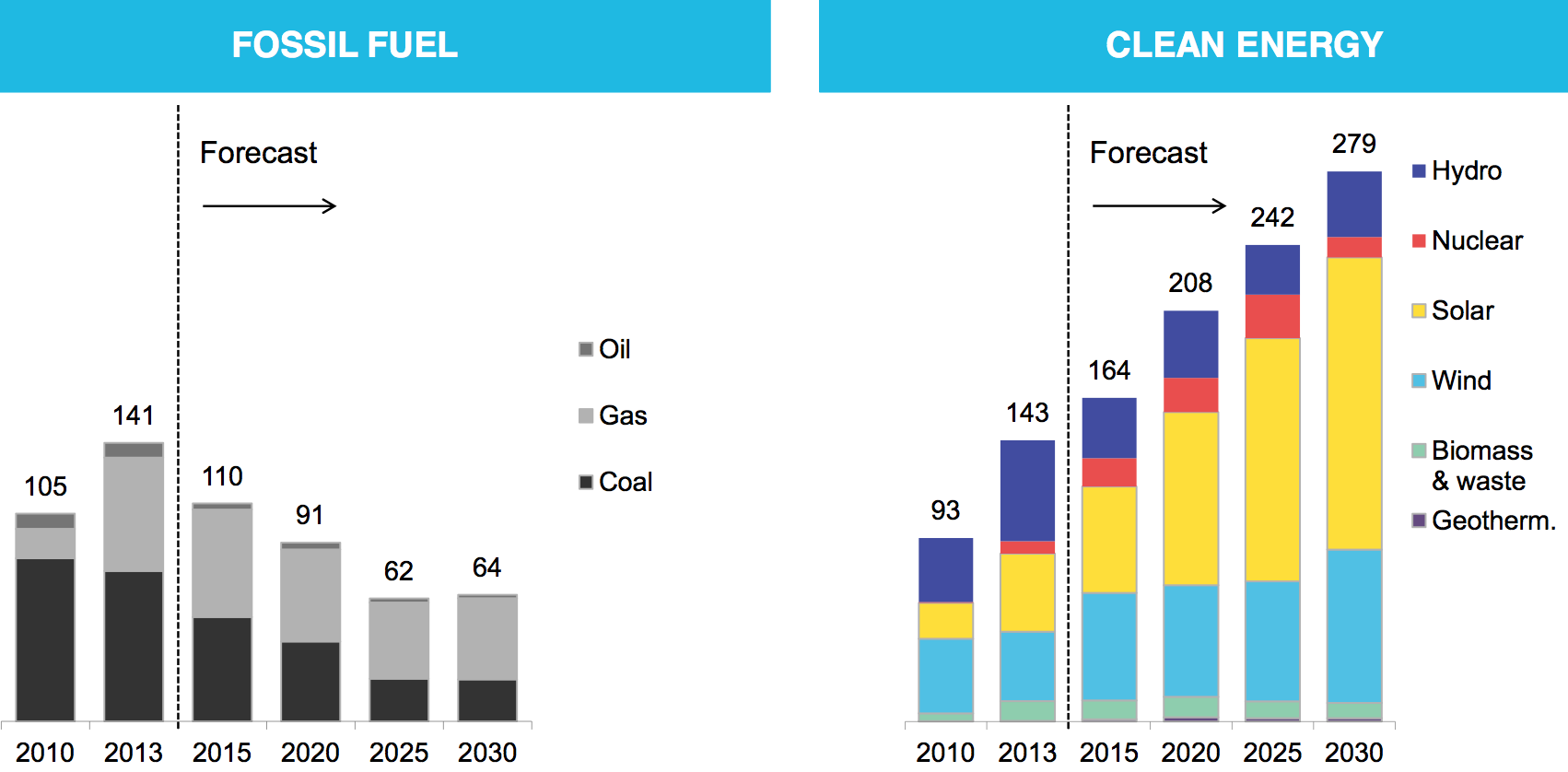
In an article penned by Tom Randall for Bloomberg, he quipped:
“Solar, the newest major source of energy in the mix, makes up less than 1 percent of the electricity market today but could be the world’s biggest single source by 2050, according to the International Energy Agency.”
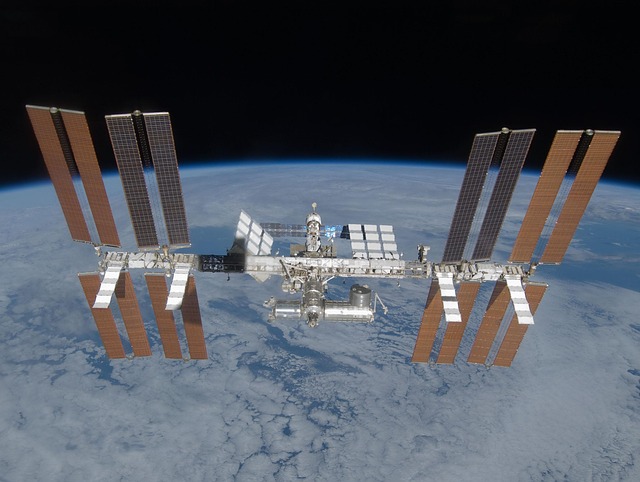
Why is solar more popular then? Why is it chosen by so many businesses and homeowners? Why are traditional fuel technologies afraid of solar going mainstream?
There are several simple reasons why solar is such a popular alternative and even more popular compared to other alternative energy sources we already mentioned above.
Solar panels are getting cheaper and it is already creating a surplus. With surplus the price for the panels are also declining making it available to the public. Although no form of alternative energy is perfect, the quest for solar power generation keeps getting better.
Several companies and industry investors are vying to improve solar panels to continue the positive trends. The idea of affordable solar panels is very attractive given the possibilities of combining the panels with better batteries. Better batteries means panel owners will have a way to save extra power for later use.
Homeowners cannot build a wind farm (small turbines can be used but wind is unstable). Homeowners cannot dig the earth for that geothermal energy. Homeowners do not have the technology and the means to continue extraction of energy from biomass. And Homeowners do not have the ability to harness the power of water to power their home. These alternative energies often need a huge corporation to invest in it before these alternative energies can power a community. Communities which do not have access to huge investments still need to tap from these plants from other places which usually may incur additional charges.
Solar energy on the other hand can be personalised to the needs of homeowners. The idea of creating power at home for personal use is so attractive and attainable that it puts solar at the top as the most attainable alternative energy.
Although wind, geothermal and hydro energy can be generated in green and affordable way, it does not put the power in the hands of the consumers. Most consumers value the independence of solar power from the national grids. The power from solar energy can even give back in forms of government pay offs for excess energy.
Aside from the power and the pay offs, most residential owners are looking at the long-term benefits of solar power.
In a study by a group of California economists, they found that on average, homeowners in California who have solar panels can recover nearly all of their investment costs if they move out of the house on top of the annual savings they had from the panels. The study looked into the utility data from the sales records and building permits from 2003 to end of 2010. It was published by National Bureau of Economic Research with the title Understanding the Solar Home Price Premium: Electricity Generation and ‘Green’ Social Status.
The study found that solar panels installed in homes usually adds $20,194 premium to the house’s price sale based on repeated sales data. This is a 97% payback not counting the pay-offs and the money saved from the energy you used. A luxury kitchen remodel won’t even give back that, it might only sit at a 60% payback.
The problem with old solar electric systems is there is no way to store the extra energy to independently power homes even when the sun isn’t up. Existing batteries are not enough. So this leads homeowners to go only for the partial independence – still attached to the grid, surplus power goes to the grid and in the case of no sun, they still depend on the grid.
This is still an acceptable situation since most countries implementing it pay back the money per kilowatt that you contributed. However not all countries all over the world participate in pay-offs for green energy use.
With the rise of better batteries, deep-cycle batteries, off-grid converts are already rejoicing. Australia for example is one of the first to get Tesla’s Powerwall solar-energy battery.
Another thing that critics are pointing out: electric energy independence doesn’t equal total energy independence. What about transportation? Welcome the electric-powered vehicle which can run on solar energy.
Netherlands for example is looking to ban non-electric cars by 2025. Big car manufacturers are racing to produce the most effective electric cars to satisfy demand.
Scientists and researchers are venturing into the solar power industry for R&D to ensure a solar-powered future. Teams all over the world are testing different solar panel materials and energy conversion techniques.
Gone are the days of national electric grids and grid-dependent solar power. Governments all over the world are investing billions on grants to reduce solar energy costs, helping homeowners and even business enterprise gain energy independence.
Partial independence if not total from the grid can free communities from electricity bills allowing them to spend the extra savings on other important matters.
Solar maintenance includes easy cleaning. Cleaning kits are available but installers can also take care of regular maintenance to ensure the panels are performing effectively.
Solar power is becoming more popular since it has lots of potential compared to other sources of renewable energy. Check out the infographic below:
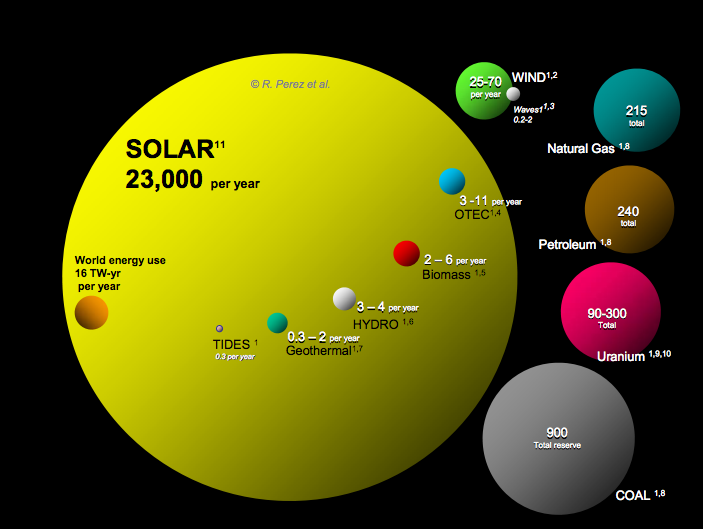
Key takeaways:
Solar will continue to become popular because:
Based on the information in this article, it’s obvious solar is here to stay.
So, why not go solar?
Featured Image: Kate Ausburn via Flickr
This article originally appeared on the XEN Life blog. It has been reproduced here with permission.
Here are some solar news stories you may have missed from this week. Click on the links to read these stories in more detail.
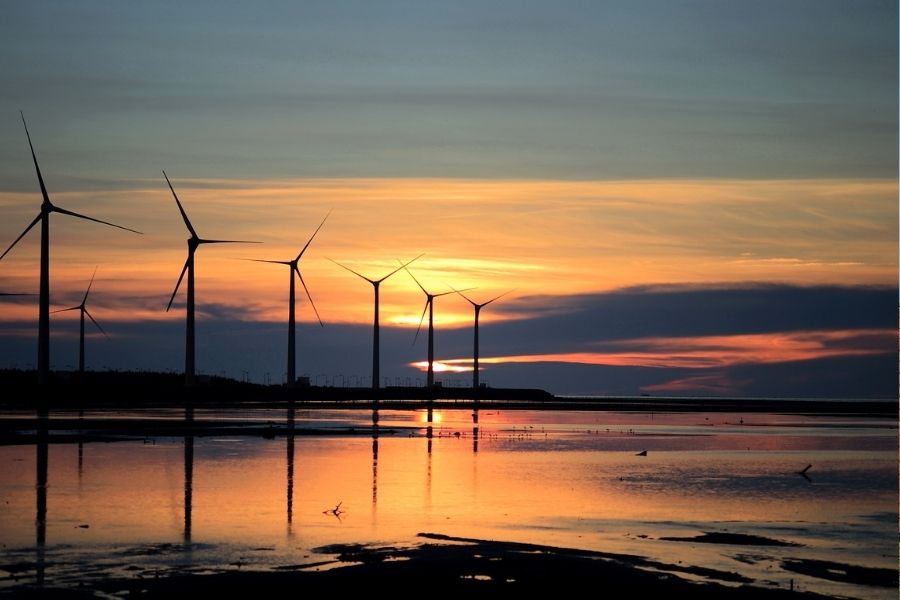
1.The Ambitions of the Asian Renewable Energy Hub The AREB is an immensely exciting proposal. Not only for what it offers Australia and wider Asia...
First, it was Germany that made headlines about their use of renewable energy last May 15th and now we have Portugal in the spotlight about their use...